#Roman Celtic
Explore tagged Tumblr posts
Text

A little drawing of Cernunnos without his antlers ofc
#cernunnos#roman celtic#celtic mytholocy#celtic god#celtic#god#tree gods#woods#antlers#drawing#pagan#ancient ireland#ancient gods#ancient history
4 notes
·
View notes
Text
the gods understand your disabilities, mental health, and neurodiversities.
they understand if your disabilities, mental or physical, prevent you from being able to go outside.
they understand you even when you cannot articulate what you mean during prayer or cannot find the words to express gratitude and love.
they understand if you can't spend much time or stand still at their altars.
they understand if executive dysfunction keeps you from making offerings or doing a lot of active practice.
they understand if you have to take breaks and hiatuses from practicing to focus on yourself and your mental or physical health.
they understand if you lose focus during meditation/trance work or cannot do it to begin with.
they understand you and are with you when you cannot get out of bed for mental or physical reasons.
they understand you and are with you during times when you cannot care for yourself or love yourself.
the gods will always understand, love, and accept us for who we are. we are all valid, and we are seen and heard by the gods, even when it feels as if we are alone. 💙
#mental health#paganism#norse paganism#kemetic paganism#celtic paganism#roman paganism#hellenic paganism#positivity#disability#neurodivergent
1K notes
·
View notes
Text
“Don’t fear the Gods. Don’t worry about death. What’s good is easy to get. What’s bad is easy to endure.” - Epicurus a Greek Philosopher
#hellenic polytheism#paganism#hellenic pagan#witchcraft#hellenic worship#hellenic community#norse paganism#helpol#norse pagan#hellenic polythiest#roman polytheism#devotional polytheism#deity worship#deity work#celtic paganism#kemetism#slavic paganism
510 notes
·
View notes
Text
shoutout to worshippers+devotees of lesser known and less popular deities/entities, deities with less info on their worship, with less community to share and relate in your worship/devotion. who had to figure it out without much precedent or others' word or experience to help and guide and assure you
#haunt haunts 🪦#pagan#paganblr#hellenic polytheism#hellenic pagan#helpol#roman polytheism#roman pagan#religio romana#norse pagan#norse polytheism#kemetic pagan#kemetic polytheism#celtic pagan#celtic polytheism#and many more ofc i just have a headache n need to get off my phone <3
561 notes
·
View notes
Text
hot take but if you're going to be participating in any religion (INCLUDING PAGAN RELIGIONS) you have to research about the culture itself first.
#hellenic pagan#paganism#hellenism#hellenic polytheism#hellenic deities#roman paganism#hellenic paganism#witchblr#witchcraft#baby witch#celtic paganism#norse paganism#witches#magick#deity#deity work#helpol
545 notes
·
View notes
Text
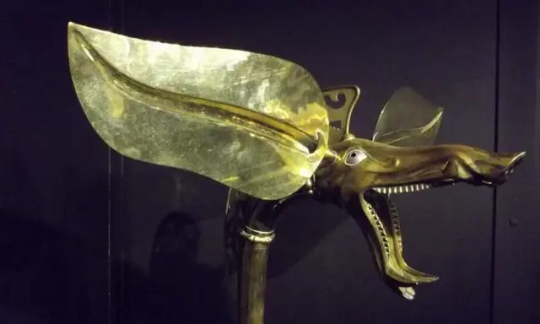
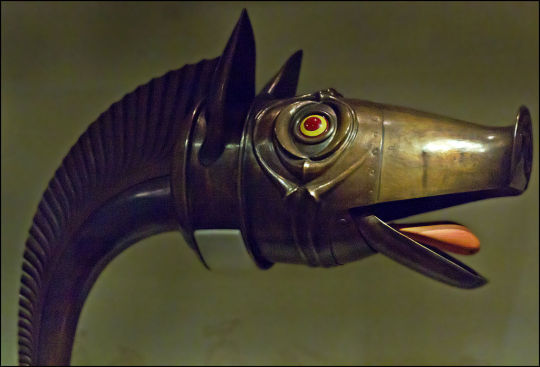
The 'Carnyx' Nightmare of the Roman Soldiers
The Carnyx was a brass musical instrument used as a psychological weapon of war by the ancient Celts between 300 BC and 200AD in western and central Europe and beyond.
The carnyx was once widespread throughout much of Europe, although only a dozen or so fragments are known to us.
It was carried by bands of Celtic mercenaries; it was present at the attack on the Greek sanctuary at Delphi in 279 BC; it defied Julius Caesar in Gaul; and it faced Claudius when he invaded Britain. They are even shown on a Buddhist sculpture in India, proof of the far-flung connections of the Iron Age world.
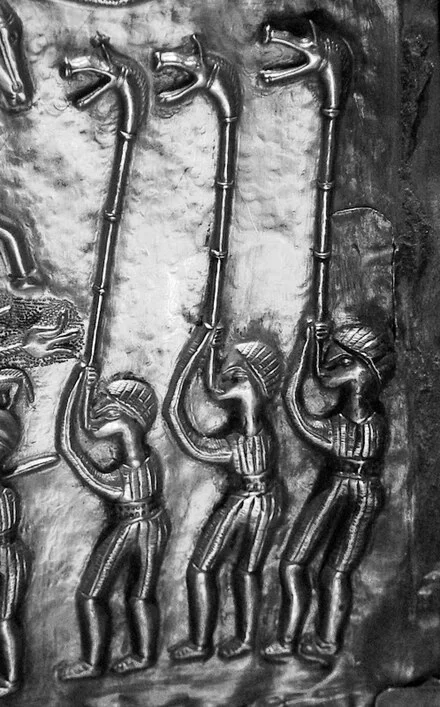
However, they were not only used by the Celts; they were also used by the Dacians in modern Romania. The term “Celtic” is a complicated one. The concept of a pan-European Celtic culture is a myth; rather, aspects of art and technology were shared across vast distances by diverse cultures. The carnyx was one example of this.
A 12-foot-long, thin bronze tube with right-angle bends on both ends made up the carnyx. The lower end ended in a mouthpiece, and the upper end flared out into a bell that was usually decorated to look like a wild boar’s had. Historians believe it had a tongue that flapped up and down, increasing the noise made by the instrument. The carnyx was played upright so that the boar’s head bell protruded well above the warriors’ heads. Its primary goal was to create more noise and confusion on the battlefield.
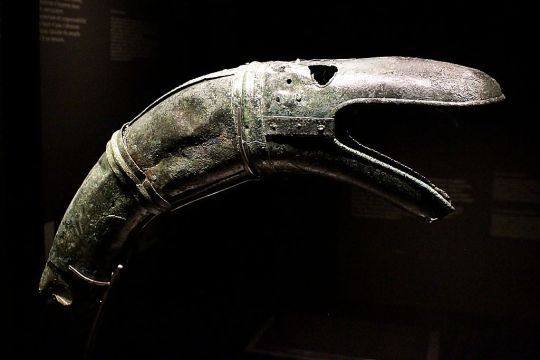

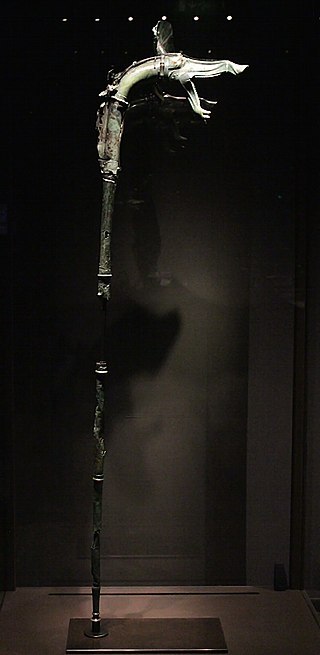
The Greek historian Polybius (206-126BC) was so impressed by the clamor of the Gallic army and the sound of the carnyx, he observed that “there were countless trumpeters and horn blowers and since the whole army was shouting its war cries at the same time there was such a confused sound that the noise seemed to come not only from the trumpeters and the soldiers but also from the countryside which was joining in the echo”.
And the Roman historian Diodorus Siculus wrote, “Their trumpets are also of a peculiar and barbaric kind which produce a harsh, reverberating sound suitable to the confusion of battle.”
Archaeologists discovered a hoard of ritually destroyed weapons in 2004, including a dozen swords, scabbards, spearheads, a shield, bronze helmets, an iron helmet shaped like a swan, a cauldron, animal remains, and seven carnyces. Before the Tintignac discovery, the remains of only five actual carnyces had been found.
The finest was unearthed in Deskford, Scotland in 1816. The Deskford carnyx only has the boar’s head bell and is missing the mane, tongue, and tubing. Images of Carnyx players have been found as well. A Roman denarius, dating from 48 BC bears a representation of a Carnyx. Three carnyx players are featured prominently on the Gundestrup Cauldron, which was found in a Danish peat bog.
One of the seven found at Tintignac, on the other hand, was almost entirely complete. The Tintignac Carnyx was broken into 40 pieces. When puzzled back together, it was found to be just an inch short of six feet long with a single missing section of the tube. The bell was a boar’s head with protruding tusks and large pointed ears. Once restored, the Tintignac Carnyx proved to be the first virtually complete carnyx ever found.
By Leman Altuntaş.
Music video by John Kenny.
#The Carnyx#The 'Carnyx' Nightmare of the Roman Soldiers#Iron Age war trumpet#ancient artifacts#archeology#archeolgst#history#history news#ancient culture#ancient civilizations#celtic mythology#celtic history#roman history#roman empire#roman legion
3K notes
·
View notes
Text
don't know who needs to hear this but just because someone sees and hears the gods doesn't mean they have spiritual psychosis
#witchcraft#pagan#paganism#deity work#hellenic polytheism#hellenic pagan#hellenic deities#kemetism#kemetic paganism#kemetic#rodzimowiercza wiara#rodzimowierstwo#rodnovery#theistic satanism#norse paganism#norse polytheism#heathenry#celtic paganism#celtic pantheon#wicca deity#wiccablr#roman polytheism#roman paganism#death work#folklore#spirit work
299 notes
·
View notes
Text
If I had a penny for every time a Belmont got startled by a fox...




So, @aquilaofarkham pointed this out on BlueSky, and is totally right about it (they made the screenshots to, thanks for allowing me to use them!). Why I clocked this scene in Nocturne as well - I actually did not draw the comparison to the Trevor season 3 scene. But yes, that is indeed...
If I got a penny for every time a Belmont got startled by a fox, I would have two pennies, which is not a lot, but it is weird it happened twice.
And you know what that means, right?
THEORY TIME!!!
As some people might know: Since season 1 of Nocturne was out, I am very very certain of one thing. And that thing is, that the Belmont bloodline also goes back to a god.
In S1 of Nocturne when Annette talks about her own divine bloodline, she says a lot of people do have a divine ancestor, but the knowledge got lost. And to me this instantly read as: "Actually, by the way, the Belmonts totally have a divine ancestor as well!"
And I have been riddling since then, who it could be.
So, what if the fox is a representation of that ancestor?
Yes. This does mean I get to talk mythology again.

So, foxes. In early European folklore the fox is basically equivalent to coyote in North American folklore. Especially in Germany and France Reynard or Reinecken shows up a lot as a trickster spirit in the form of a fox. While there are some theories on Reynard somewhat going back to an actual deity, we kinda don't know about that for sure, because we have absolutely no textual evidence for it, and it mostly goes back to the fact that throughout the area in early medieval times the depiction of Reynard as a trickster is very very consistent - and also lines up with more eastern depictions of fox adjacant deities. Since we know that those are connected through Indo-European culture group it is not so weird to assume that there might have been a fox trickster deity, though if there was, we do not know their name.
But the good news is: The Belmonts are French in origin, and we do know from Trevor that they had contact to indigenous European people (aka the Celts). So, the highest likelihood for a divine ancestor is definitely a Celtic god or goddess.
Now, if we talk about Celtic deities we obviously run into the problem: Outside the Gaelic culture we know Jack Shit. Because fuck the fucking Romans and fuck the Christians even more, who very thoroughly erased most stuff about those religions. My anthropology heart does not spend three hours a day crying about this fact at all!!!!
Of course, we know the Celtic cultures were related, so there is a high likelihood that at least some of the deities from the Gaelic culture will also show up in the Gaulic culture, but we do not know for certain.
Which on the bright side also means, that my guess is about as good as whatever the writers might come up with. Hooray!
So, my first guess is Adsagsona. A goddess about whom we know exactly nothing. We know she was a goddess of magic, who was invoked in spells. And we have the suspicion she was maybe linked to foxes. Maybe. Because the thing is, we do have one written evidence of her being invoked, and some artifacts from the same area she was invoked in that might be related to her and the practice of magic. Which is not a lot. Cool bit about that, of course: It would totally give a writer freedom to make up whatever about this.
Next guess would be Arduinna. She was a forest goddess who got merged with Diana when the Romans colonized what is France today. She definitely got depicted a lot with forest animals, and definitely also was connected to the hunt (which works well with the Belmonts), though the preferred animal for her to be paired with was either the deer or the boar. Which, I would guess, makes sense, because people hunted those more for food than they would hunt foxes.
A bit more vague would be the god Cunomaglus. Because he is British, not Gallic, though definitely he is a hunting god, and while his main animal was the dog, he definitely got also depicted with foxes. No doubt about that bit. xD
Next up would be a probably related god to Cunomaglus: Nodens. Again, British. Again, hunting. Again, the main animal are gods. I would not know about him being depicted with foxes, but given he has a lot of overlap with Cunomaglus I would also not be surprised. Bonus points, because I know there is fandom-overlap between GDT's Hellboy movies and Castlevania: Nuada is based on the Irish equivalent to Nodens, and draws a lot of influence from the Brittanic god.
If we go a bit more wild, we could also make a guess for Ceres, though that one would be a bit weird. Ceres is of course a Roman Goddess, but Romans were also in France forever, so it is not impossible. Ceres is heavily associated with foxes, though mainly in the sense that foxes are sacrificed for her. But there is a fox association.
There is also with the Roman gods a very loose association with both Dionysus and Diana. But Diana usually gets depicted with dogs and stags, and for Dionysus there is exactly one myth linking him to foxes. So... Eh.
Lastly... I will just leave here that Diana's Slavic equivalent, Devana, actually gets depicted as a fox more than once. But Slavic culture is kinda on the other end of Europe. So it is possible, but also... Eh. It is a far bit away. But then again, the Belmonts lived in today's Romania for a long while, so it is not impossible, I guess.
And that's it. For today at least.
But I wanted to get this off my chest.
#castlevania#castlevania netflix#castlevania nocturne#castlevania meta#fan theory#speculation#celtic mythology#roman mythology#slavic mythology#european history#trevor belmont#juste belmont
95 notes
·
View notes
Text
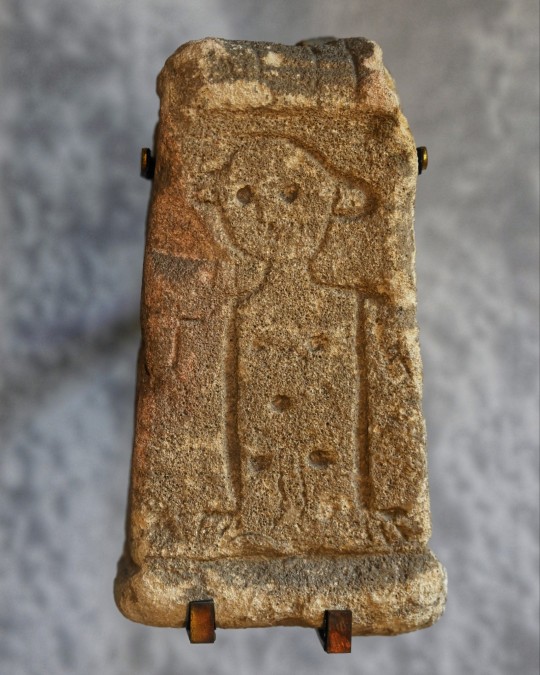
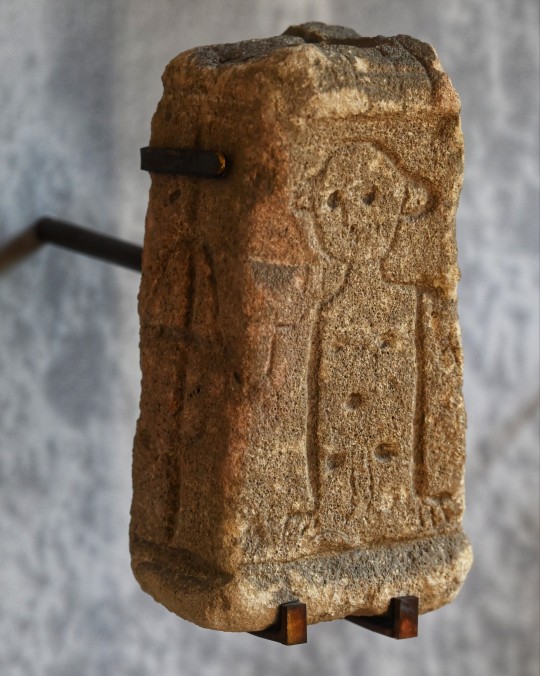
Roman Portable Shrine, Chedworth Roman Villa, Gloucestershire
One of several small altars believed to be deliberately portable, and so able to travel with individuals or families, The god is believed to represent Mars Lenus, a deity who was a Roman and Celtic amalgamation. The recessed dots would have been filled with colour, marking out the eyes, nipples, navel and genitalia.
#roman#romans#roman belief#roman living#roman army#roman design#roman archaeology#roman culture#stonework#stonecarving#celtic gods#celt#celtic#archaeology#Chedworth Roman Villa#Gloucestershire#relic#artefact
1K notes
·
View notes
Text

Imogen in Cymbeline - (The Tragedy of Cymbeline, King of Britain) by Henry Courtney Selous
#henry courtney selous#art#imogen#innogen#cymbeline#princess#britain#british#shakespeare#william shakespeare#ancient britain#matter of britain#celtic#king#cunobeline#antiquity#roman#roman britain#england#wales#rome#tragedy#europe#european#play#plays#cassell's illustrated shakespeare#victorian
132 notes
·
View notes
Text
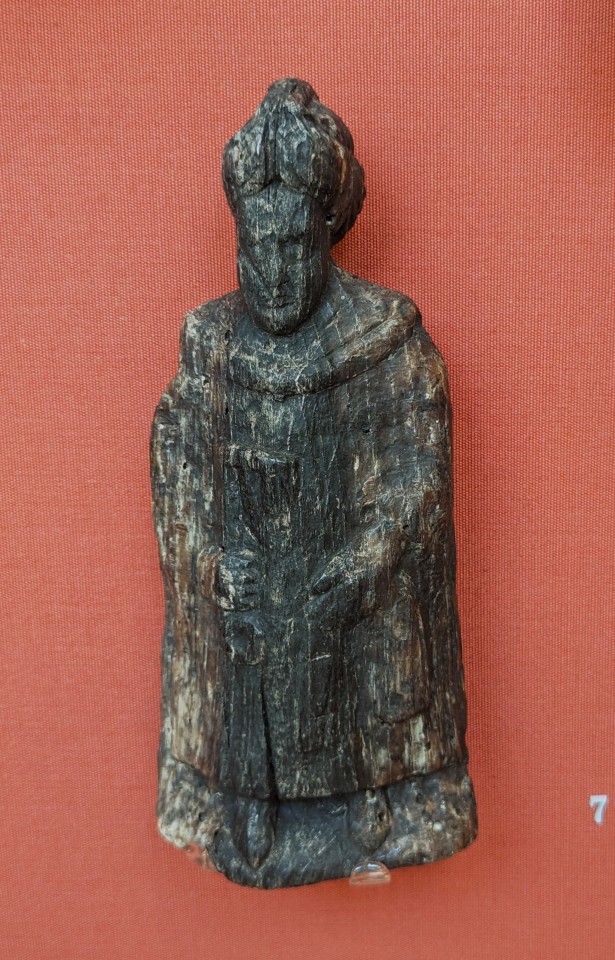
Oak Statuette of the Goddess Epona from Winchester, England dated to the 1st Century CE on display at the Winchester City Museum in Winchester, England
This small statue is thought to be the Gallo-Roman goddess Epona who was a protector of horses and goddess of fertility. While Epona's origins are from Celtic peoples the goddess proved to be very popular amongst the cavalry regiments in the Roman army. She was the sole Celtic diety worshipped in the city of Rome due to this.
Photographs taken by myself 2023
#art#archaeology#history#celts#celtic#england#english#ancient#roman empire#winchester city museum#winchester#barbucomedie
252 notes
·
View notes
Text



Source: The Dictionary of Celtic Myth and Legend by Miranda J. Green (1992)
4 notes
·
View notes
Text
"Centuries ago, two people were buried arm in arm on top of a horse in what is now Austria. The unique burial prompted archaeologists to think that the two were a male-female married couple from medieval times. But it turns out they couldn't have been more wrong.
A new analysis of the remains suggests that the couple was actually a mother-daughter pair who died around 1,800 years ago during the Roman era.
"It's the first genetically proven mother-daughter burial in Austria in Roman times," study senior author Sylvia Kirchengast, a professor of evolutionary anthropology at the University of Vienna, told Live Science. "We also disprove a long-held misconception about the kind of relation between the two individuals.
In the new study the researchers re-evaluated the remains via radiocarbon dating, ancient DNA analysis and a visual inspection. They found that the bones belonged to individuals whose ages at death were 20 to 25 and 40 to 60 years old and lived around A.D. 200 when the Roman Empire held sway over the region. In a twist, both human skeletons turned out to be females, according to an anatomical analysis. DNA results confirmed their biological female status and showed they were first-degree relatives — meaning they were either sisters or mother and daughter, according to the study, which was published in the May issue of the Journal of Archaeological Science: Reports.
Due to the pair's DNA results, their age difference and other factors, the researchers concluded that individuals were mother and daughter, with the daughter embracing the mother in the grave. "It's very unlikely that two sisters have an age difference of 20 years during those times. So we felt that it's more likely that they are a mother-daughter pair," Kirchengast said.
The inclusion of a horse and gold pendants strongly hints that the women were of high social status. It also indicates they were non-Roman elites. "To our knowledge it's extremely uncommon for Roman people to be buried with horses. They were not a 'horse-people'," study lead author Dominik Hagmann, an archaeologist at University of Vienna, told Live Science. He suspected these two individuals were from a Celtic culture still existing in Roman times. The Celts were more commonly buried horses with their owners.
There are other signs that the deceased were familiar with horses. "What I find odd is that the older skeleton shows signs of frequent horse riding," Kirchengast said. "Maybe both women were enthusiastic horse-riders.""
#I promise I will soon be back with new content#in the meantime here is a story that touched me deeply#history#women in history#antiquity#ancient world#archeology#women's history#roman tag#austria#austrian history#3rd century#roman empire#celts#celtic
94 notes
·
View notes
Text
To give the gods and deities offerings, do they see us as we see crows bringing them shiny things?
#hellenic deities#deity work#deity worship#apollo deity#hermes deity#hypnos deity#aphrodite deity#loki deity#greek deities#norse deities#gods and deities#celtic deities#pagan deities#hindu deities#thracian deities and beliefs#roman deities
339 notes
·
View notes
Text
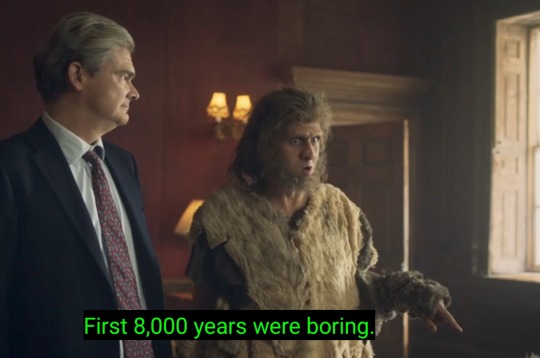
Hahahahaha that is horrifying actually hahaha fucking let him rest.
#bbc ghosts#robin the caveman#if you consider hes around ten thousand#it means nothing much interesting happened until just before the Romans came#depending on how many celtic tribes passed through before
264 notes
·
View notes
Text
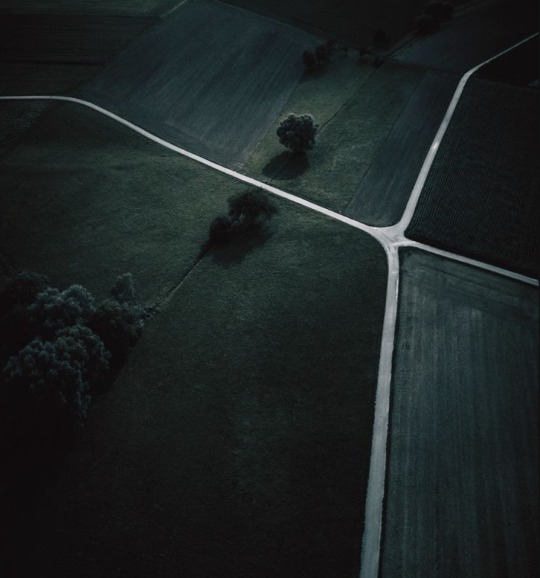

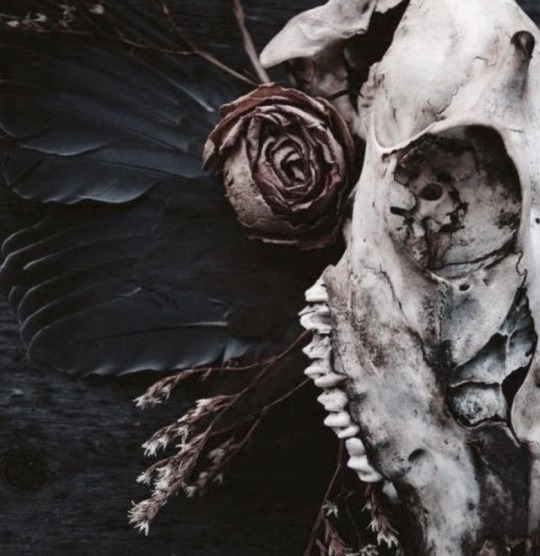
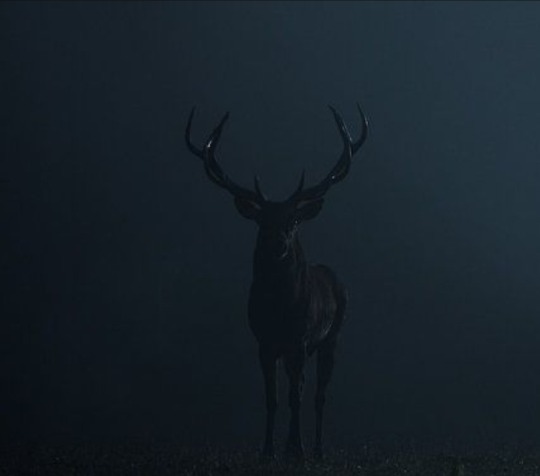

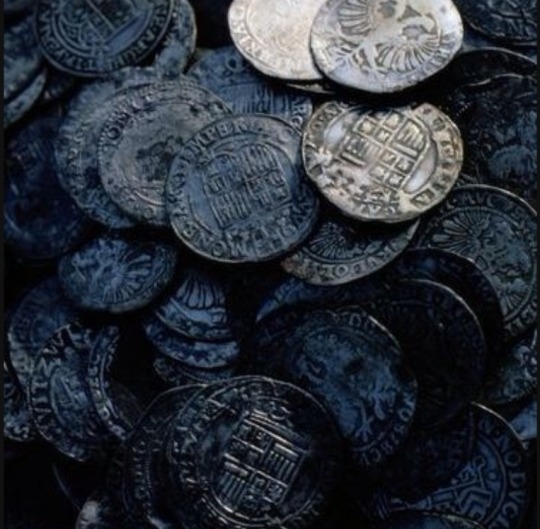
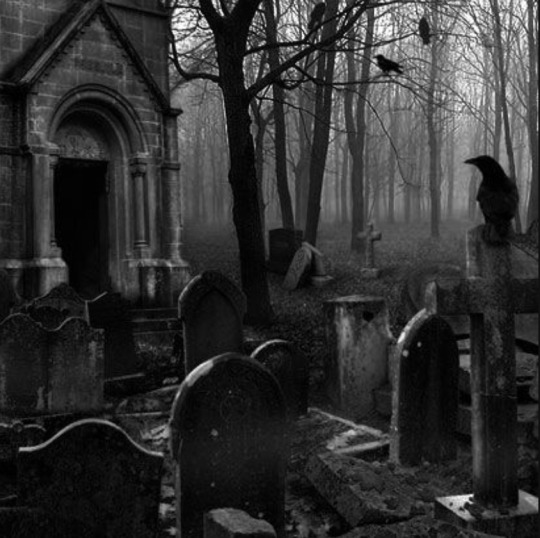

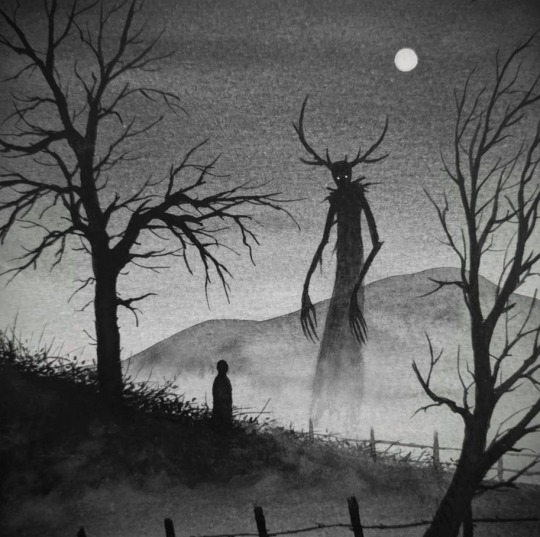
Cernunnos
Gaulish God of liminality, crossroads, death, pastoral wealth, abundance, hunters, the hunted, the wild, and the tame.
#Cernunnos#Carnonos#Karnonos#gaulish gods#gaulish paganism#gualish polytheism#gallo roman paganism#gallic gods#celtic paganism#celtic pagan#celtic pantheon#pagan#deities#polytheism#polytheist#deity#paganism#devotional moodboard#deity moodboard#the horned god#the horned one#wicca#wiccan#paganblr#chthonic#chthonic gods#godspouse#moodboard
206 notes
·
View notes